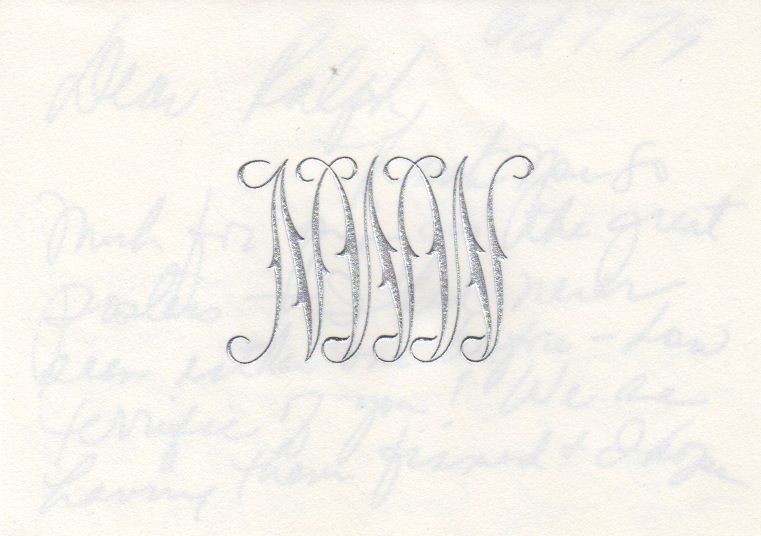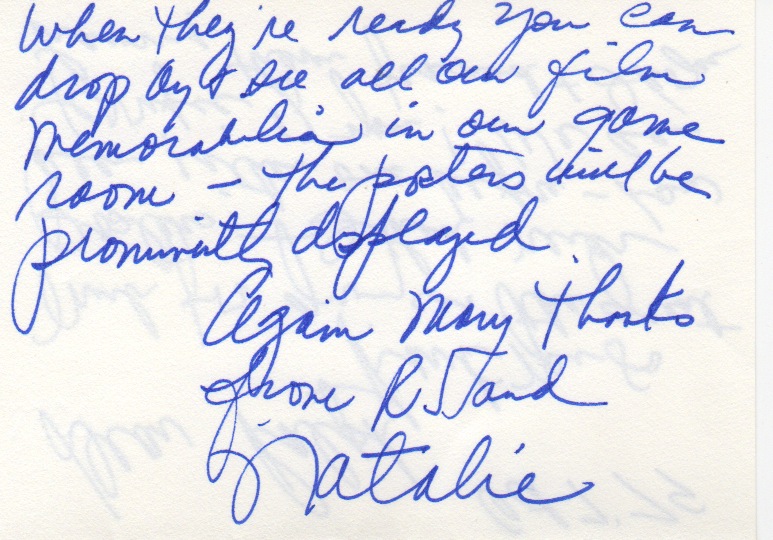FILMED October 1979
1934 was a significant year for Hollywood movies. It was the year when TEETH were put into the Motion Picture Production Code so that America’s movie-going public could finally be shielded from the multitudinous paths of sin. Screenplays would henceforth be sent to the Production Code office to be approved before filming could commence. The list of ridiculous don’ts was endless, i.e., onscreen married couples must sleep in twin beds; if the two shared a bed, the two feet of one of the spouses must be planted firmly on the floor.
That was the situation inherited by the television industry a couple decades-plus later when the major portion of their production moved from the small New York studios to the large Hollywood soundstages. But the restrictions were augmented. Subject matter had to be approved by the networks BEFORE scripts were given the go-ahead. I have written in my post for THE BULL ROARER that when ABC approached writer-producer George Lefferts about developing and producing their psychiatric series, THE BREAKING POINT, he submitted a lengthy list of topics that he demanded assurance he would be allowed to produce before he would sign. The network acquiesced, but, as I reported, still policed (and there is no other word) vigilantly.
By the late 1960s the film industry was faced with serious competitive threats: television was bringing entertainment right into American homes (but under an even more restrictive censorship code), while foreign and independent art house films were dealing with social and sexual topics forbidden by the Code and presented explicitly in a manner not condoned by the Code. For the movie industry enforcement of the Code had become impossible, and the Production Code was abandoned entirely. By the early 1970’s the screens of the movie theatres were reflecting the sexual revolution that had occurred. The smaller television screens in American homes were still lagging, but by 1979 were making an effort to catch up.
The hooker was Cissy Wellman, someone with deep roots in the film industry. Her father was William A. Wellman, known as Wild Bill Wellman, director of an endless list of classic films: WINGS, THE PUBLIC ENEMY, the original A STAR IS BORN, THE HIGH AND THE MIGHTY, BATTLEGROUND, TRACK OF THE CAT, THE STORY OF G. I. JOE. Cissy and I had worked together six years earlier when she appeared in THE CHICKEN THIEF on THE WALTONS. That was quite a stretch – from THE WALTONS to hookerdom.
COP OUT was the first HART TO HART I directed. Like QM productions it had a 7-day schedule with time averaging out per episode to half the time on location and half the time at the studio. COP OUT’s schedule was 3 days location, 4 days at the studio.
Our third day of filming was at a coffee shop, to film both exteriors and interiors. I wanted to find a restaurant with booths lined up alongside windows that faced directly onto the street. We found one on Santa Monica Boulevard in Hollywood. It was our only location day that filmed at one site, 7 sequences totaling 5½ pages with no company move.
I thought Taggert’s killing Sandy was too abrupt, it happened too quickly. It takes longer than that to strangle someone. I am not in favor of excessive violence, but I do believe that murder should not look easy. One of my gripes was the networks not objecting to excessive killings by gun fire, but why did the bloody bullet holes in the victims usually end up being smaller than a nickel?
I thought the role of Lieutenant Fredricks was written too one-note. The first scene between him and Jonathan when he expressed his negative feelings about Hart’s interest in the case worked, but every meeting between them after that was a repeat. That was not something new to me. I did many private eye series, and that was a useful crutch to inject conflict into the story. Richard Herd as Lieutenant Fredricks only appeared in this episode. On the series CITY OF ANGELS a similar character with the same resentments was a running character and appeared every week.
The 3-page parking lot sequence looks like it could have been filmed on one of our location days, but it wasn’t. Those days were already filled. Being another night sequence it was scheduled on our second Friday, the 6th day of filming, a day we were scheduled to film at the studio. That day started with 3 sequences (6 pages) on two different soundstages, after which we moved to one of the parking lots at the studio. That became our Hotel parking lot.
COP OUT was my first HART TO HART, and usually on a first venture I was less verbal about script changes, so I didn’t say anything, but I did wonder about the knife. Both of Taggert’s previous killings had been by strangulation, his MO, his modus operandi. I rationalized that visually it added menace to the sequence.
The production board for a film was made by the production manager, and it was a complicated process, affected by actors’ salaries, sets on soundstages and locations. Beyond that he (or she) was also responsible for overseeing necessary arrangements on location days, i.e. our first day of filming was the most complicated day in the schedule. We started at 12 noon at a pool hall (exterior and interior) on Western Avenue in Hollywood. Normally cast and crew would report to a location within 30 miles (as I remember) of the studio, but that pool hall was in such a busy commercial section, there was not sufficient parking available. It was the first of 3 sequences, the other 2 being night scenes. So here is what the production manager planned. Cast and crew reported to Ferndell Drive in Griffith Park, where they parked their vehicles. A Map and Directions was provided each member of cast and crew.


Cast and crew were then bussed to the pool hall location. After filming was completed there, company was bussed to the Hollywood Boulevard location where the opening pickup sequence was filmed. This was after nightfall. Then the company was bussed back to Griffith Park where the murder of the hooker was filmed. Somewhere in there a meal was served, probably in Griffith Park. And when the wrap was called for the day, we were all close to our cars in the parking lot on Ferndell Drive.
Six months later I had a similar sequence in the pilot of DYNASTY. Pamela Sue Martin (Fallon) had to clear the pool table with one shot. Either Pamela Sue was a better pool player than Robert Wagner or I was a better director doing it a second time. On COP OUT there were 3 camera setups. On DYNASTY there was only one!
Did you notice? The 4 balls were in the same position on the table for both sequences.
Bert Remsen (Delaney) was an actor whose real life had more drama than his reel life. His acting career began on the east coast, where he appeared in summer stock. From there he moved into live television and then filmed television. His was a very successful career until 1964 when on the set of the television series, NO TIME FOR SERGEANTS, a crane fell on him and broke his back. Many surgeries followed. It was John Conwell of QM Productions who brought him into a new career. He was the casting director on THE FBI’s second season. I know because that was the first time I worked with him. He cast the 8 THE FBI’S I directed that season. Later we worked together again when he was the casting director on THE ROOKIES. The wheelchair in the scene was Delaney’s. Even when I worked with Bert in 1966 he was not in a wheelchair. At that time his body was dreadfully misshapen, and he used canes. By 1979 when we did COP OUT, the wheelchair was strictly a prop.
Our 4th day of filming in Marina del Rey also had a company move, but a much simpler one than on our first day. We started with 3 exterior sequences at Sandy’s apartment, then moved to a parking garage in the area, where we filmed the 4¼ climactic action sequence that ended our show. Parking garages seemed to be a favorite of tv’s crime stories of the period. This one in COP OUT was the final one of my career. The first one was in 1963 on a NAKED CITY, followed by atmospheric garages on EAST SIDE WEST SIDE, DAN AUGUST, THE FBI, THE ROOKIES, and BARNABY JONES.
I was into original movie posters, so I brought RJ a large poster of THE GREEN YEARS, the first mpvie he was in and a poster for (as I remember) DRIFTWOOD, a movie Natalie Wood made when she was 12 years old. RJ’s name was not on his poster, but Natalie was billed and there was her picture on the poster. I received a phone call on the set from Natalie thanking me and a couple of days later received the following in the mail.






When I think of Natalie Wood I always remember the brilliant turn that tiny child did in Tomorrow Is Forever, as a German war orphan taken in by Orson Welles. It was clear right then and there that she was going to be great. That’s a lovely thank you she and RJ sent you.